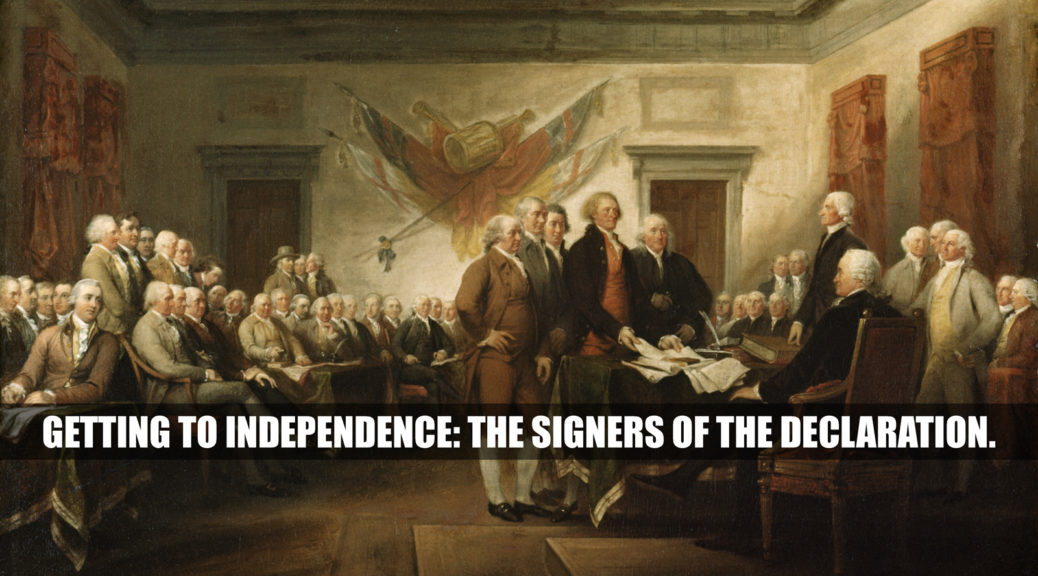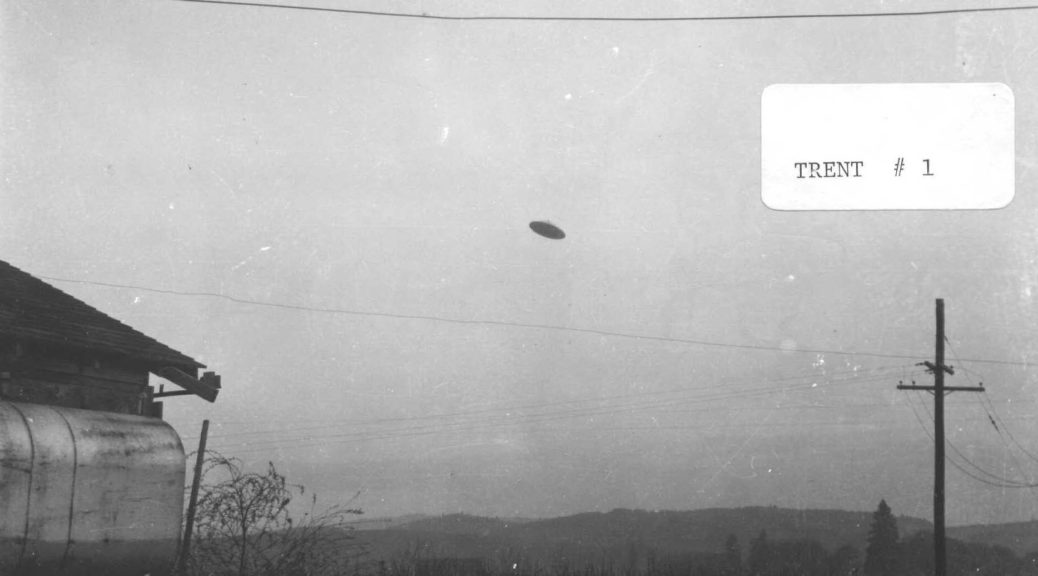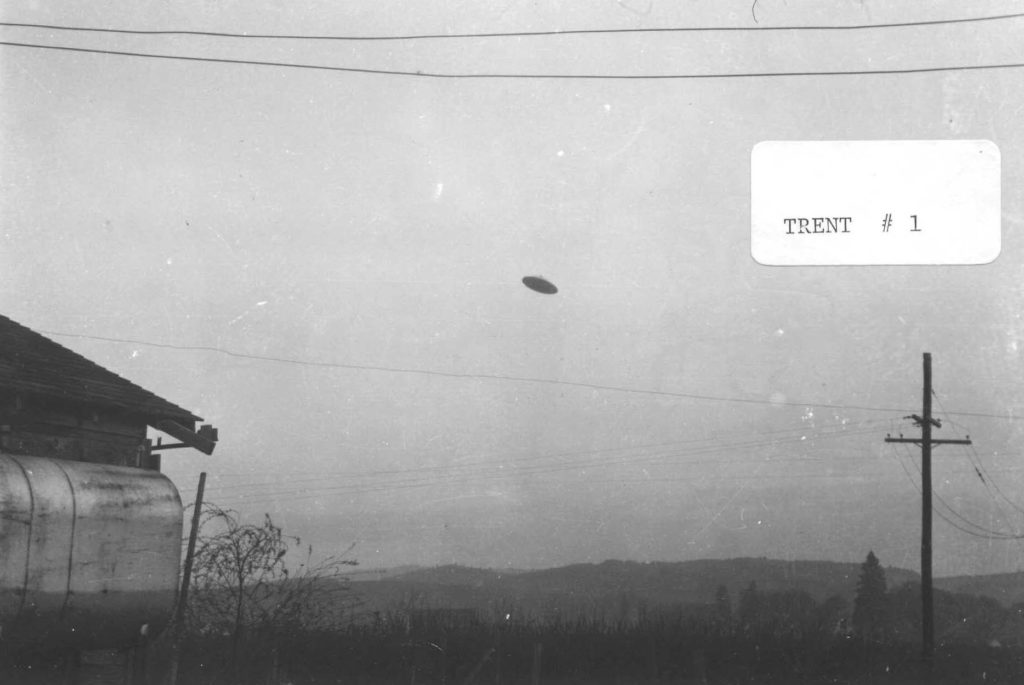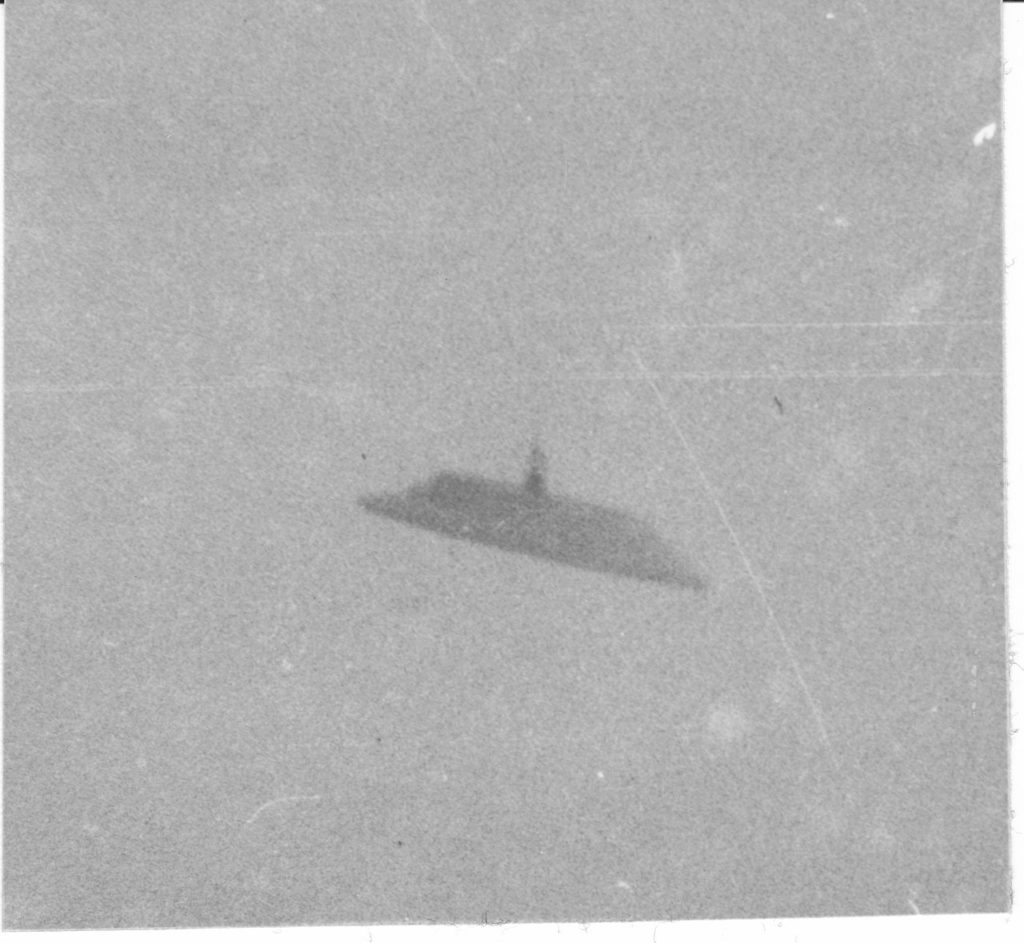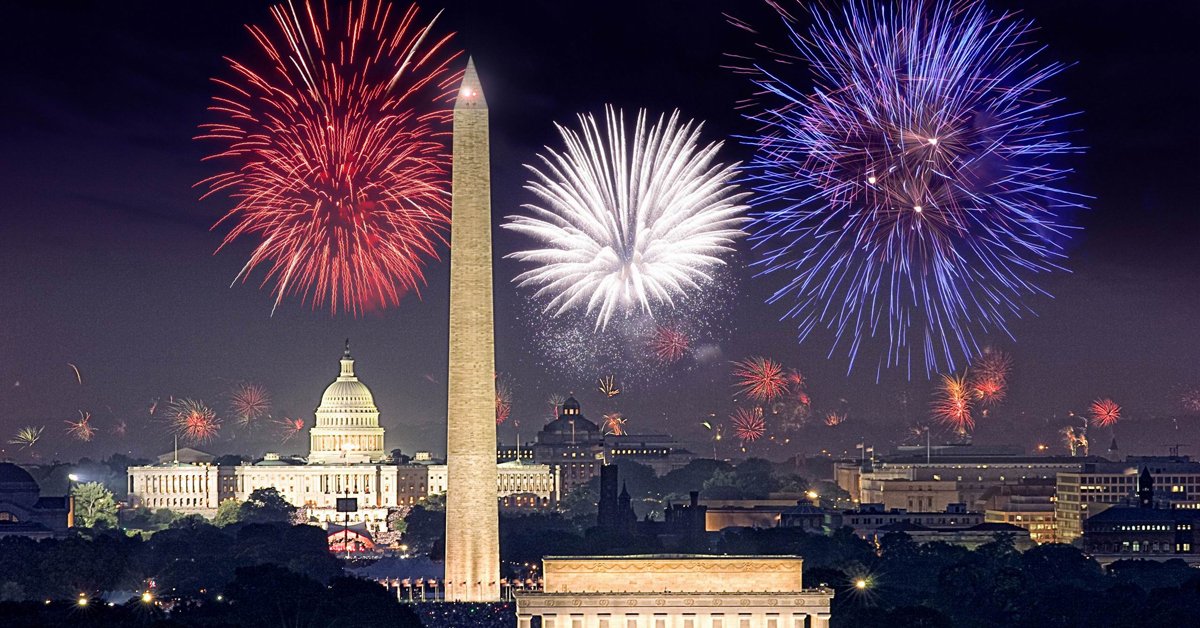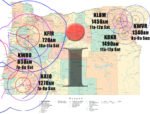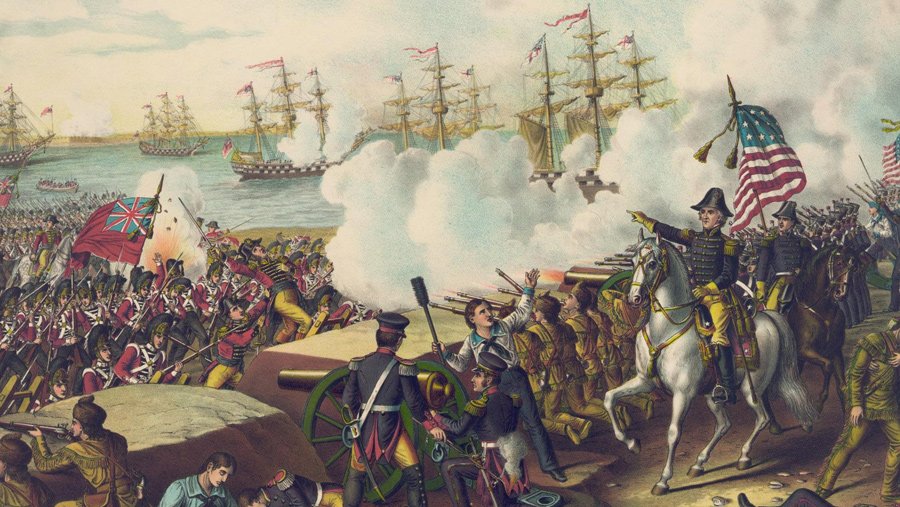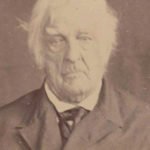13-48 It’s Christmastime! Dating, Origins, History, and Biblical Accounts
Podcast: Play in new window | Download
Subscribe: Apple Podcasts | Spotify | Amazon Music | TuneIn | RSS | More
Show 13-48 Summary: Christmastime is that time of year when you run into the Christmas downers who try to convince you “real Christians” shouldn’t celebrate Christmas because it has “pagan origins.” You doubtless see them popping up on social media and among your circle of friends. And they will arrogantly scoff at anyone who doesn’t echo their dismissive Christmas attitude. The modern-day Christmas downer is a lot like the downer Puritans before them: if they don’t approve it, then it’s just not Christian. For much of American history, the Puritans and other protestant offshoots banned Christmas celebrations — especially merrymaking. This week, find out why you shouldn’t let them steal your Christmas joy. We talk with Pastor Richard Peil about the origins and history of Christmas celebrations, its potential dating, and some exciting insights into the two Biblical accounts of the Nativity story.
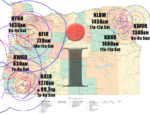
The I Spy Radio Show airs weekends, six different times, on seven different stations. Listen anywhere through the stations’ live streams! Check out when, where, and how to listen to the I Spy Radio Show. Podcast available Mondays after the show airs on out network of stations.
Original Air Dates: December 2nd & 3rd, 2023 | Guest: Pastor Richard Peil
This Week – It’s Christmastime!
For most people, Christmastime is a joyous time. Filled with traditions, family, joy, and memories and nostalgia about Christmases past. But not for everyone. Some are committed to being the Christmas downer. Why? Because they’ve gotten it in their head that Christmas has pagan origins. That it was originally a pagan holiday that the early Church co-opted Saturnalia. Or other pagan holidays. So they spend what should be a joyous time of year dragging others down and, Grinch-like, attempting to steal others’ joy and Christmas spirit.
Don’t let them.
And when they’re not pushing the Saturnalia angle, they’ll point out similarities between the Mithra religion. Yes, there are alleged similarities. But you know who’s the greatest imitator of God and what is holy? Satan. (Funny how they forget that.) They’ll say we don’t know when Jesus was born. And that’s largely true. And they’ll also say whenever he was born it was not on December 25th, in 1 A.D. Yes, that’s possible. After all, if your focus is to pick a day that something didn’t happen, you’ve got a 364 out 365 chance of being right.
Calendars and the Dating of Christmas Day
Over the millennia, calendars and dates have been tweaked and revised and reordered to an extent that it’s hard to say which day might have been the true Christmas Day. And it’s a moving date. At one time, most scholars thought Jesus was born in 4 B.C. based largely on Josephus. But better information came to light, including a better dating for the eclipse Josephus mentioned. And, drawing on other historical sources, it’s now reliably likely that Jesus was born in 2 B.C.
But which day of the year?
Well, here’s the thing: no one knows. But it’s not the date that’s important – it’s what happened that’s important. Regardless of the day of the year. That the war against Satan had started and his time holding power over this world was coming to an end. And, as with any life, it’s not “just” that you’re born but what you do with that life. The date it started doesn’t matter in the greater scheme of things.
Origins of Christmas
We welcome back Pastor Richard Peil who leads Victory Baptist Church in Bend, Oregon, to talk about Christmas, its early church origins and beliefs. In the early days of Christianity, which had many Jewish converts and followed Jewish heritage, most people did not celebrate birthdays at all. Instead, they celebrated the day when someone died. Which is rather odd from our modern standpoint. But tune in to hear other traditions and about two competing theories of why the early church thought Jesus was conceived on March 25th. And therefore must have been born on December 25th.
We also talk about Christmas time celebrations during America’s early days. Or not. Because in some colonies and states, not only was Christmas definitely not celebrated but was even banned from being celebrated.
And then we talk about the two Nativity stories in the Bible, from Matthew and Luke. Which tell the story of Jesus’s birth from two different viewpoints. And intended for two different audiences. Why does Matthew focus on the arrival of the Magi and Luke ignores it? Why does Luke focus on John the Baptist and the shepherds? And why does Matthew ignore those?
Watch the fascinating “Star of Bethlehem” 2007 documentary by Rick Larson
Try this link if you have Amazon Prime Video
Speaking of Magi, you’ll hear what some sources think their arrival was really like. And with some historical context, you’ll never think of the “Three Wise Men” the same ever again.
Christmastime Traditions and Today
Then we wrap up with some important discussions of Christmas in today’s day and age. Should Christians even celebrate? If so, why? What do non-believers need to see and to hear during Christmastime? And the same for Christians? What traditions does Pastor Peil’s family and church family celebrate and are important to them?
So when you run into the Christmas downer, spewing their Christmastime hate, remind them the date is not important. The Joy of Christmas is found in what happened that day, not the day on which it happened.
The I Spy Radio Show Podcast Version
Trapped under a heavy object? Missed the show? Don’t worry—catch the podcast version. I Spy Radio is now available on your favorite platform, or you can grab it right here. See the full list of podcast options.
Research, Links Mentioned & Additional Info
Pastor Peil’s church is Victory Baptist Church. Their website is victoryforyou.church
The Problems Dating of Christmas
- From Chuck Missler: When Was Jesus Born? (Koinonia House, Dec 1, 2020)
- “We know that the flocks were in an open field (Luke 2:8). That means it was not after October, because it would have been too cold.”
- 24 priestly courses
- Jewish Calendar, 3BC and 2BC
- Origins of April Fools Day (History.com)
- “April Fools’ Day dates back to 1582, when France switched from the Julian calendar to the Gregorian calendar, as called for by the Council of Trent in 1563. …In the Julian Calendar, as in the Hindu calendar, the new year began with the spring equinox around April 1.”
- Roman calendar (via Fandom)
- The Essenes Calendar (Bible Prophecy Information, via Rev210.net)
- The Essenes (who wrote the Dead Sea Scrolls) kept the traditional Jewish solar calendar, not the Pharisees’ lunar calendar
- See our previous show with Dr. Ken Johnson for a fascinating look at the Essenes — the ancient Jewish sect, including their calendar-based prophecies of Jesus’s arrival and completion of his mission as The Messiah.
- The First Recorded Celebration of Christmas (Christianity Today, Oct 23, 2020)
- “In an old list of Roman bishops, compiled in A.D. 354 these words appear for A.D. 336: ‘25 Dec.: natus Christus in Betleem Judeae.’ Or, ‘December 25th, Christ born in Bethlehem, Judea.’ This… is the first recorded celebration of Christmas.”
- Historians beware! Interesting discussion on Julian/Gregorian Calendars (University of Nottingham)
- The Julian Calendar was the system of dating followed from 46BC onwards. It established a 365-¼ year. Except it was 11 minutes too long.
- In 1582, the Gregorian calendar corrected the over-correction by eliminating ten days and adjusting leap years. But took nearly 400 years to be universally adopted!
The Magi, Other Christmastime
- History of the Magi (Chuck Missler, December 1, 2021)
- The fascinating “Star of Bethlehem” 2007 documentary by Rick Larson
- The Origins of our Christmas Traditions (KHouse.org, Seasonal Favorites, Dec 2004)
- “The first recorded mention of December 25th is in the Calendar of Philocalus (A.D. 354).”
- The History of Christmas: Is It Pagan? (Koinonia House, Dec 13, 2011)
- “Tertullian (AD 160-220), the early Church writer, noticed that the pagan religion [of Mithra] utilized baptism as well as bread and wine consecrated by priests. He considered Mithraism to have been inspired by the devil, who wanted to mock Christians and lead others to hell.”
- John 1:14: “And the Word was made flesh, and dwelt among us.” The Greek word there for “dwelt” is σκηνόω (pronounced, “skay-NAH-oh”) which means to tent or to encamp; which is why some translations use “tabernacled among us” instead of “dwelt among us.” See this link to Strong’s Concordance for more on σκηνόω.
- What the Bible says about Feast of Tabernacles (BibleTools.org, No Date)
- Required 189 animal sacrifices be made at the Feast of Tabernacles alone—more than all the other holy days combined.
- Early Christmas (Britannica.com)
- “During the first two centuries of Christianity there was strong opposition to recognizing birthdays of martyrs or, for that matter, of Jesus.”
- The Christmas Story – Part 2 – Chuck Missler (Koinonia House, YouTube Channel, Dec 25, 2019)
